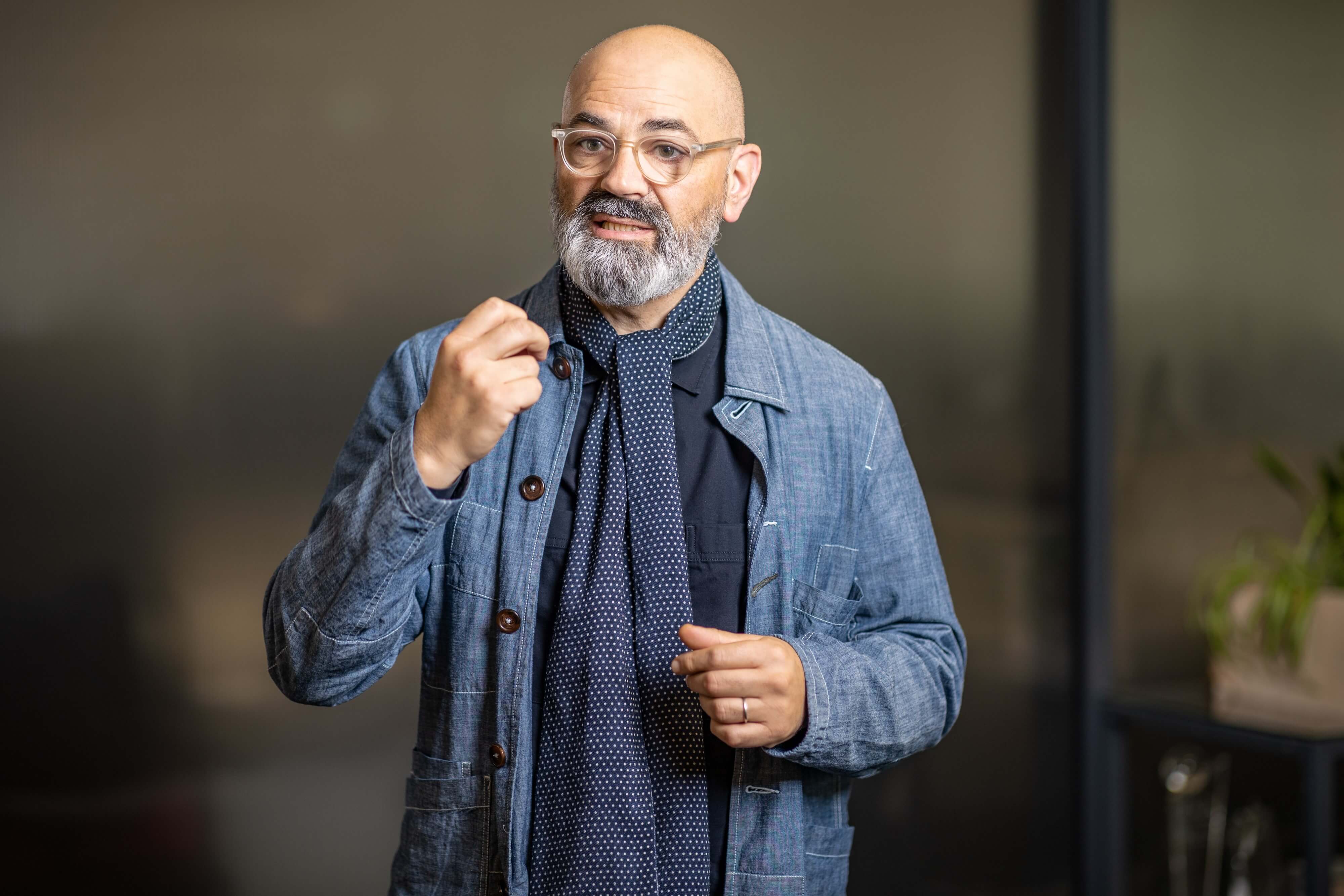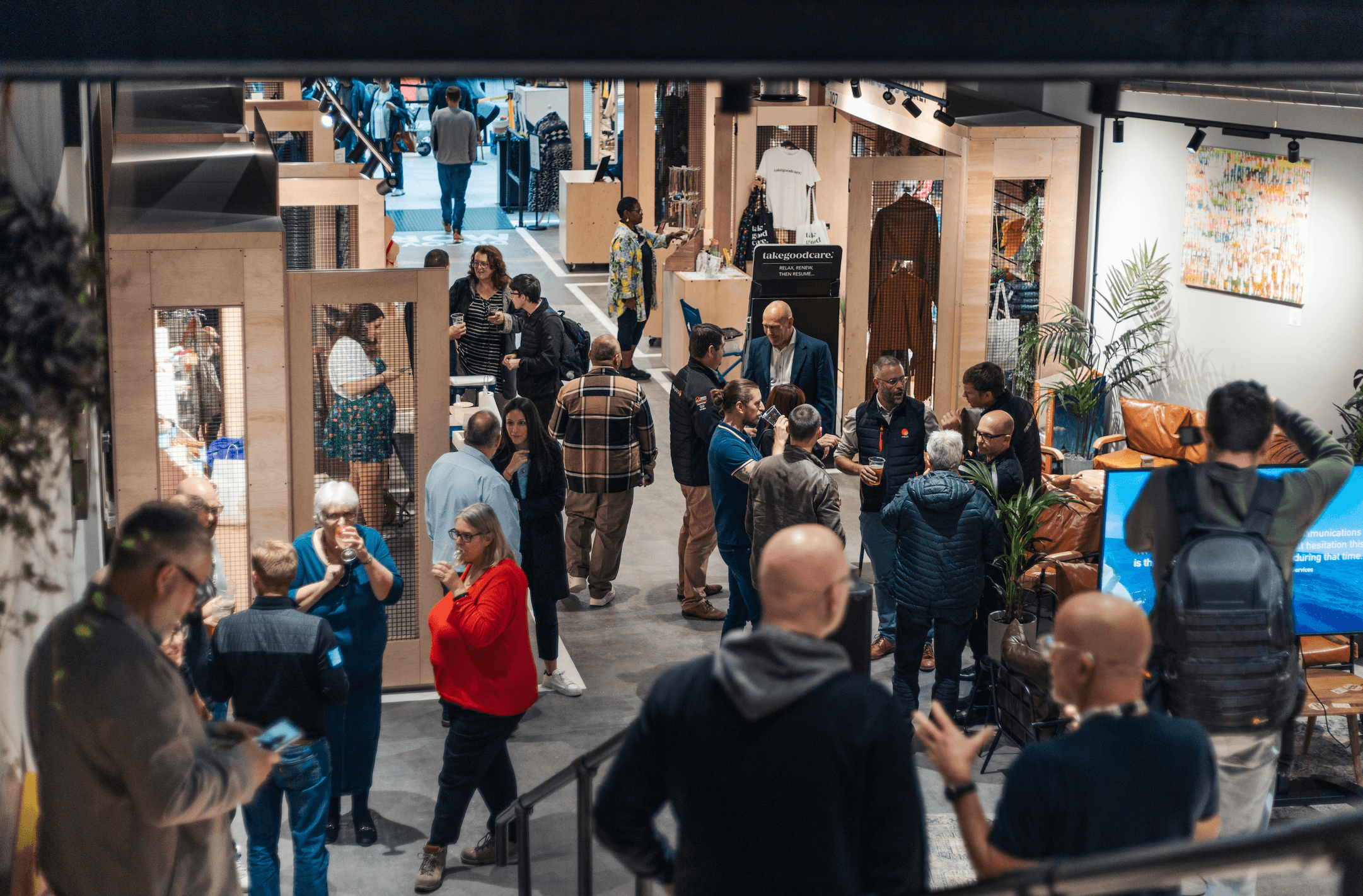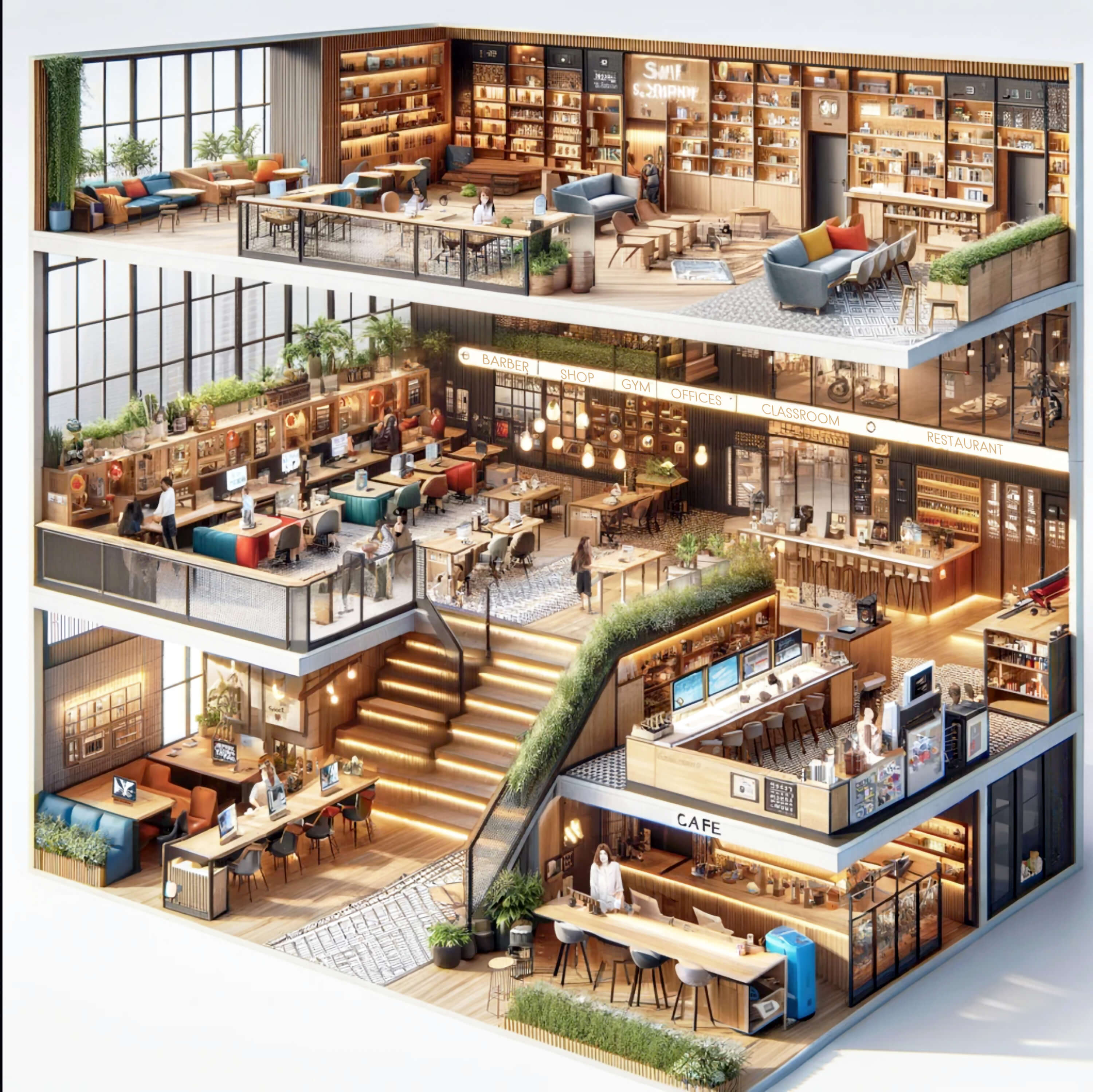Ibrahim at Portland Design details the potential to redefine the airport experience

Portland Design Managing Director Ibrahim Ibrahim says as things stand airports are missing the opportunity to be the most powerful media platform for any brand, stating they need to think beyond real estate, beyond a terminal, beyond a shopping center
In an era where every touchpoint can influence brand perception, airports have a unique opportunity to redefine their roles not just as transit points but as dynamic, influential place brands in their own right, says Ibrahim Ibrahim, Managing Director of Portland Design, renowned for his forward-thinking approach to design, branding and commerce.
Ibrahim envisions a compelling vision for the future of airports. His insights highlight the transformative potential airports hold, moving beyond conventional revenue models to become vibrant, community-centric spaces that resonate deeply with travelers and consumer brands alike.
Branded value
Ibrahim challenges the status quo, pointing out a significant oversight in how airports have traditionally viewed their own function and potential. “Airports have the potential to be the most powerful media platform for any brand, and I believe they are missing that opportunity. When it comes to the commercial offer, airports by and large think in traditional ways, about transaction, about turnover, MAGs (minimum annual guarantees) and rent. There is an opportunity to think of the airport firstly as a brand, to think beyond real estate, beyond a terminal, beyond a shopping center,” he says.
This critique lays the groundwork for a reimagined airport experience – one that prioritizes brand DNA, storytelling, engagement and emotional connection over mere transactions. “It’s about creating the story, defining a clear and compelling proposition,” he says. “I think the future will rest on who owns the passenger. And who owns the passenger is a brand issue. I mean, own the passenger emotionally. Airports have an opportunity to really build their brands, and they need to take that opportunity.” This vision extends beyond the physical infrastructure, encompassing the social and digital realms where airports can amplify their presence and engage with a global audience.
Ibrahim sees airports as dynamic place-brands with the potential to enhance loyalty in both B2B and B2C relationships, while also building a strong sense of loyalty within their own teams.
The shift towards seeing airports as powerful brand platforms requires a fundamental change in perspective. Ibrahim points out that many airports lack a compelling social media presence, which is a missed opportunity for enhancing brand loyalty and engagement. He stresses the importance of internal branding, stating, “Much of what we’re doing is internal branding, for brands to engage their own people. It’s very interesting. We’re doing a big piece at the moment for a leading sports brand. And most of what we’re doing is internal branding.”

Ibrahim predicts a transformative future for airports, where coworking, learning, and health and wellness become integral components of the airport experience
Revenue beyond transactions
If an airport is now a dynamic platform that attracts and promotes partner brands, it can leverage its unique position as a brand in its own right. This shift is driven by the understanding that airports, often just seen as transit hubs, hold a captive audience of travelers who, already invested in the act of traveling, display a high propensity to spend. This makes the airport an optimal stage for brands across the duty free categories from spirits to accessories, P&C, confectionery and beyond.
Ibrahim addresses the exceptional value of interactions within this setting, “You can have a click in an airport, and it is very valuable because the person is right there, excited, expectant and ready to spend, engaged in the mindset of travel and discovery.” This insight highlights the value of customer engagement, where the cost per click – or the cost of engaging a customer – is significantly outweighed by the quality and readiness of the consumer.
The opportunity is to offer more than transactional experiences. If airports create compelling, unique and engaging experiences that passengers feel are worth sharing and exploring when they get back home, the potential for brands is to recruit that passenger and turn them into a customer for life
“If a brand spends eight cents on a Facebook click that lasts a millisecond, how much would a brand spend for the undivided attention of a fan or a potential customer for 40 minutes?” he muses. “And that passenger in an airport, don’t forget, is an A1 consumer, and is global.” Such interactions extend beyond mere transactions; they build lasting impressions and deepen consumer relationships.
By positioning themselves as brands, airports not only amplify their own identity but also create enriched environments that facilitate deeper connections between travelers and the brands within their premises. This symbiotic relationship fosters a cycle where travelers, influenced by the airport’s branding, become active promoters of the brands they engage with. This enhances brand loyalty and consumer engagement, leveraging the airport’s platform to create a community of shared interests and heightened brand interaction.

Coworking places can be much more than just desks, with the evolving pop-in/pop-out culture demanding more enrichment from the environment, as demonstrated by Portland Design’s vision, identity and strategy for the new hybrid coworking concept, Foundry
The new community
Ibrahim’s vision extends beyond branding to the transformation of airports into spaces that incorporate coworking areas, health and wellness centers, beauty services and opportunities for learning, reflecting broader trends already taking place, and creating environments that cater to the modern traveler’s needs and desires.
Ibrahim is critical of the old model that views airports primarily as shopping centers, stating, “The days of thinking about an airport like a shopping center may be coming to an end.”
Ibrahim predicts a transformative future for airports, where coworking, learning, and health and wellness become integral components of the airport experience. He sees these elements not just as additions, but as essential features that blend with retail, food and entertainment and align with evolving societal trends towards more flexible work environments and a greater focus on health and personal development.
Envisioning how these services fit into the current airport dynamic, Ibrahim proposes a significant shift. Airports, in his view, have the opportunity to transition from being seen as transport hubs with transactional shopping to becoming vibrant, multifunctional spaces that are less like shopping centers and more akin to town squares.
In practical terms, Ibrahim imagines a day spent at the airport not just in transit but engaged in various activities: a traveler could arrive at the airport early use a coworking space to catch up on work, pop in and out for a coffee or a snack, participate in a whisky brand’s educational seminar, receive a haircut, dine at a restaurant, and even complete a workout session at a Peloton or Soul Cycle gym.
He explains that this would change the economic dynamics for airports. Rather than earning primarily from rent and retail turnover, airports could capitalize on the value of media impressions driven by compelling experiences and live streaming, as well as the spending of visitors who engage with multiple services throughout their stay. Ibrahim acknowledges the challenges in implementing these visionary ideas, such as existing infrastructure limitations and contractual obligations.
Ibrahim’s insights offer a compelling vision for the future of airports as multifaceted platforms that deliver experience as well as transaction. His call to action for airports to embrace their brand identity and to innovate in how they engage with travelers and brands alike points to a new direction in the travel industry, where health, wellness, work and learning become integral to the airport experience. This redefined role of airports has the potential to not only enhance the travel experience but also to contribute to the creation of more vibrant, community-focused spaces around the globe.

Airport terminals have the potential to become multi-use spaces where learning, and health and wellness join retail, food and entertainment – in line with societal trends toward a more flexible work environment and a greater focus on health and personal development. Note: Images not associated with Ibrahim Ibrahim or Portland Design
3 Essential Focus Areas for Airport Commercial Managers According to Ibrahim:
1. Data-driven media value: Ibrahim states the critical importance of leveraging data to showcase an airport’s ability to generate significant media impressions, suggesting that commercial managers must focus on quantifying and communicating the value of airport spaces as powerful spaces. He says, “They’ve got to be focused on capturing data that can prove an airport can drive media impressions and therefore determine what the value of those media impressions are.”
2. Authentic luxury experiences: While luxury is a focus of the airport retail dynamic, Ibrahim criticizes the lack of genuine luxury experiences. “I don’t believe you can ever have a luxury retail experience if you have to end up along that journey on a conveyor belt like a supermarket,” he remarks. His believes airports must create authentic luxury experiences that go beyond the product to include the entire airport experience.
3. Rethinking commercial spaces: Ibrahim advocates for a revolutionary approach to conceptualizing commercial offers in airports. He suggests moving away from traditional retail models towards more engaging and dynamic experiential spaces, “Think about your commercial offer less and less like boxes with glass fronts and shelves with light boxes and more like a stage set that’s programmable. From shelves with products for sale to stages with experiences to share," he adds.









